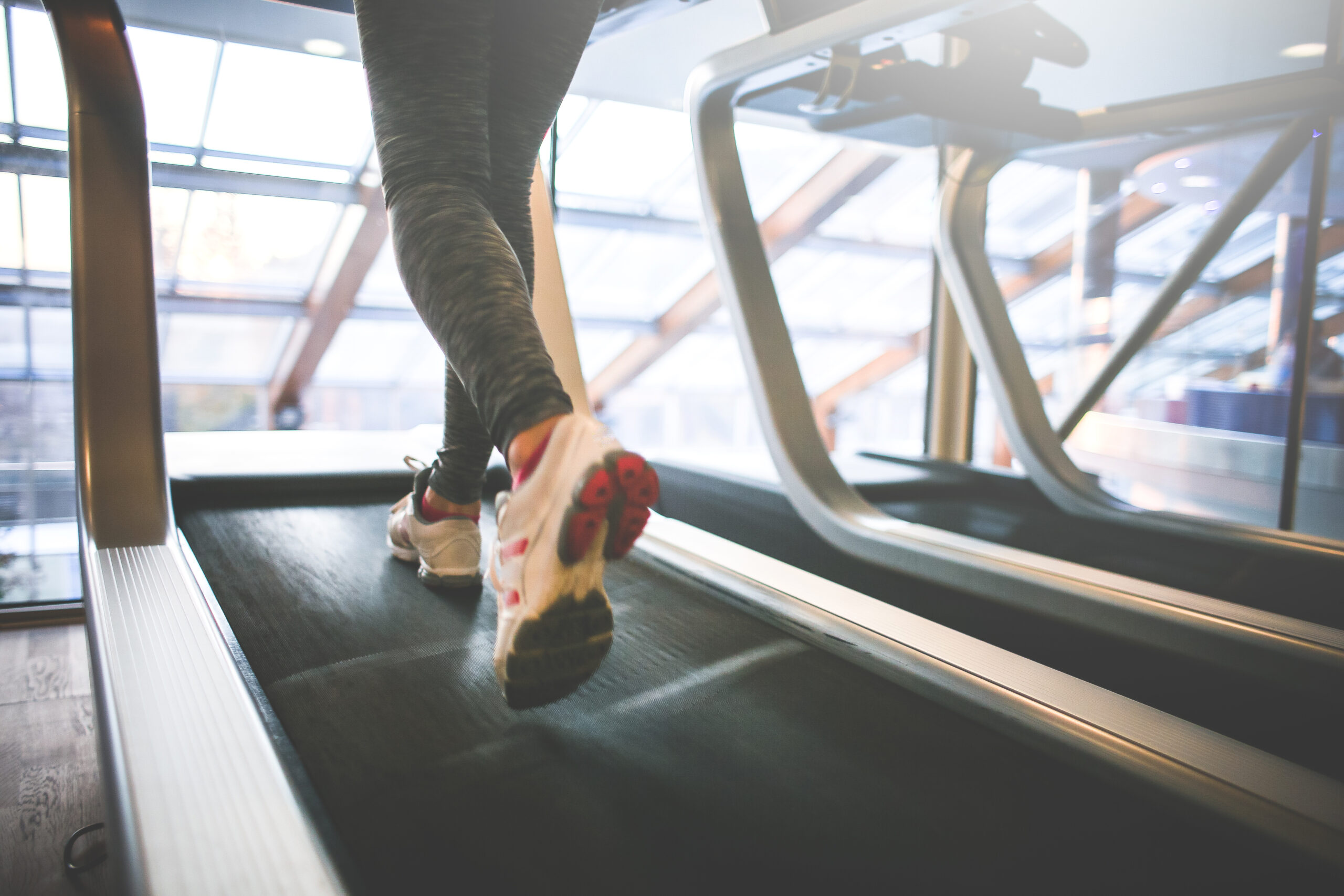
3 Simple Steps to Improving Your Resting Heart Rate
The number of times your heart beats per minute is a significant predictor of not only current health but also an independent marker of life expectancy. In other words, a person with a resting heart rate of 80 beats per minute (bpm) dies 4 to 5 years earlier than someone with a heart rate of 65 bpm, although both people technically have resting heart rates considered within the normal range. Whoa!
We’ve known there’s a link for about a decade between resting heart rate and life expectancy. Now a recent study published online April 15 in the journal Heart suggests that the heart rate even in people who are regular exercisers and are “healthy” correlates independently to life expectancy – meaning your resting heart rate is important regardless of your current health habits and exercise regimen.
So what to do?
First, if you’re not exercising for at least 30 minutes four times per week, begin.
Walk, jog, jump rope, vacuum your stairwell nonstop, dance, do air squats and burpees after every five minutes of walking – do whatever increases your heart rate. When you are breathing a bit heavy, but can still speak, you are likely at a good aerobic heart rate.
Calculate your maximum heart by subtracting your age from the number 220. Then get your target heart rate by multiplying the resulting number by percentage.
For example, if you are 45 years old: 220 minus 45 is 175. Moderate exercise is 50-70% of max heart rate and vigorous is 70 to 85%. So your upper max target heart rate is 175 multiplied by 0.85, which is 145 and lower end 175 multiplied by 0.70, which is 123. Exercise to keep your heart rate between 123 and 145 beats per minute. Usually, if you can sing while exercising, it’s not vigorous enough. And try moving more in general and minimize sitting throughout the day. I’m marching in place as I type this, ha-ha.
Second, if you are already exercising regularly, check your target heart rate range as calculated above and adjust your workouts to fall within those ranges and mix up your aerobic workouts.
The body adjusts to aerobic exercise within 7-10 days. Changing what you do at each workout (or at least changing every 7-10 days) will keep your body guessing and provide you with the most benefits and results …and will lower your resting heart rate further!
Third, don’t be fearful of exercise – meaning what you can do and what you cannot.
What works for you may not work for another. You will make progress. Remember the enemy of progress is perfection. The thought of perfection often paralyzes. In our home, we proclaim, “Strive for progress, not perfection!” And remember to consult your physician on exercise recommendations specific for your current level of fitness and to listen to your body!
Make exercise a habit and avoid asking yourself each day if you are going to partake. I admit that I still haven’t been able to form the habit of exercising at 4:30am as my husband does. Although I haven’t mastered that one yet, I’m still making progress.


Post a comment:
You must be logged in to post a comment.